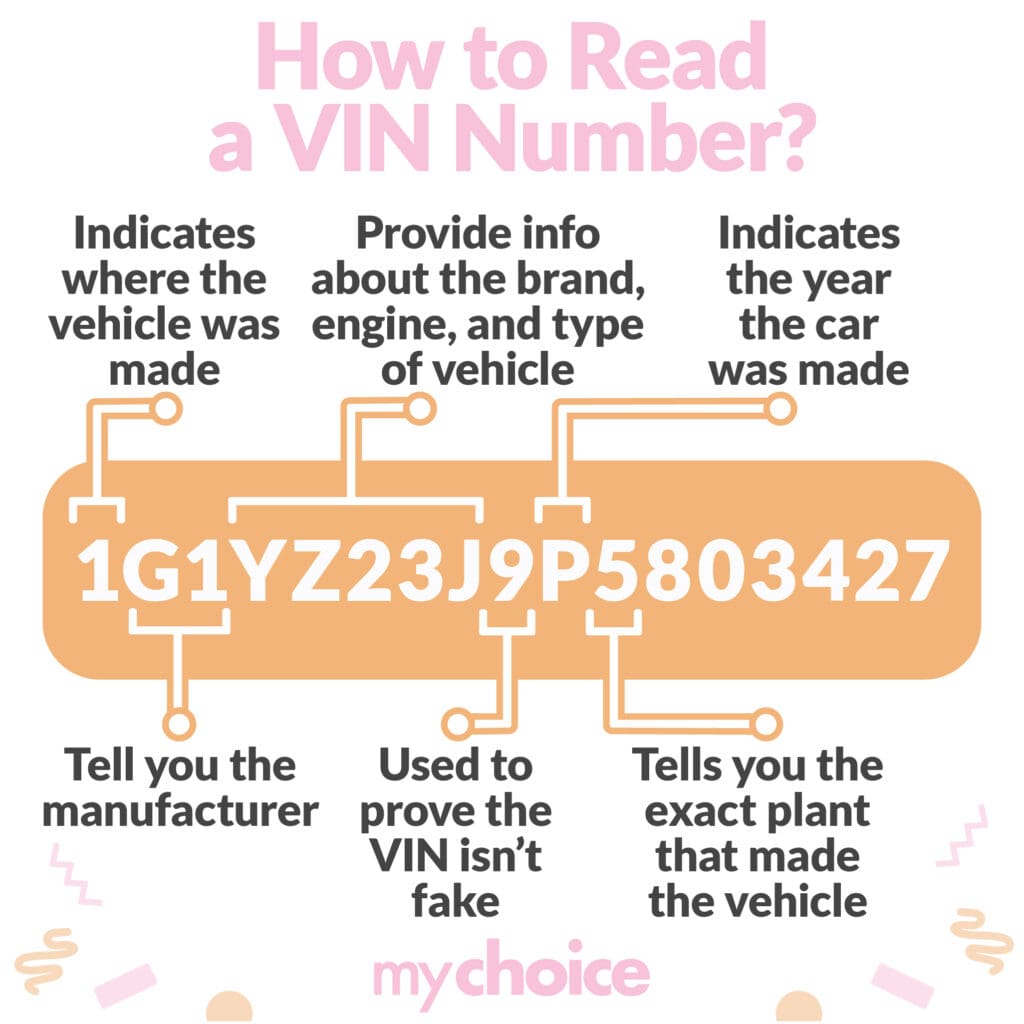For first-time car buyers, checking a used car’s vehicle identification number (VIN) may seem like a waste of time. However, knowing how to find one and looking for discrepancies could mean the difference between finding a steal or actually buying a stolen car.
Read on to explore the importance, location, and components of a VIN, as well as what you can do to identify whether a VIN has been altered.
What is a VIN Number and Where is It on a Car?
A vehicle identification number (VIN) is like a car’s fingerprint. It’s unique to each car and is used by manufacturers and authorities to track and identify vehicles. Since 1981, all vehicles in North America have been assigned a 17-character VIN.
A car’s VIN can be found on the dashboard. To find the VIN, stand in front of the driver’s side and look at the dashboard through the windshield. You can also find your car’s VIN on the door jamb and inside the driver’s side door.
Take note that VINs should be identical in every location on your car and match up to the VIN on the car’s documents.
How to Read Your VIN Number
Your car’s VIN code represents key information about your car, including things like when and where it was made, its unique features and specifications, and what kind of fuel it runs on.

Here’s a quick guide to decoding your VIN:
What if Your VIN Does Not Follow the 17-digit Format?
If your vehicle sports an 11- or 13-digit VIN and is well over 20 years old, there’s no need to worry. Only vehicles made after 1981 sport the 17-digit VIN that has come to be known as the standard today.
If you own or are planning on selling or buying a classic car or any pre-1981 vehicle, just remember that non-17-digit VINs don’t decode well on modern search systems.
Why Should You Check Your Car’s VIN?
According to the Insurance Bureau of Canada, these are some of the reasons why you should confirm your VIN:
Is It Safe to Give Out Your VIN Number?
Generally, it’s safe to give your car’s VIN out. If you’re selling your vehicle privately or through a dealer, interested parties may request for your car’s VIN. Likely, they’re just looking to run the VIN through Carfax or some other VIN decoder to check the validity of your claims and ensure you’re not selling a stolen vehicle.
How to Identify an Altered VIN
You can identify an altered VIN within 15 minutes by following these steps:
How to Report Discrepancies in Your VIN
If the VINs on your car don’t match or if the VINs on your ownership, insurance, and service documents don’t match the ones on your car, contact the licensing/registration office in your province or territory immediately. If the VIN on your liability card doesn’t match up to the VIN plate on the dashboard, get in touch with your insurance agent or broker.
Key Advice From My Choice
- Always provide the correct VIN to your insurance company to ensure that your policy accurately reflects your vehicle’s specifications.
- Though it’s generally safe to share your VIN when selling your car or getting a quote, be cautious about sharing it in public forms or with unverified parties.








